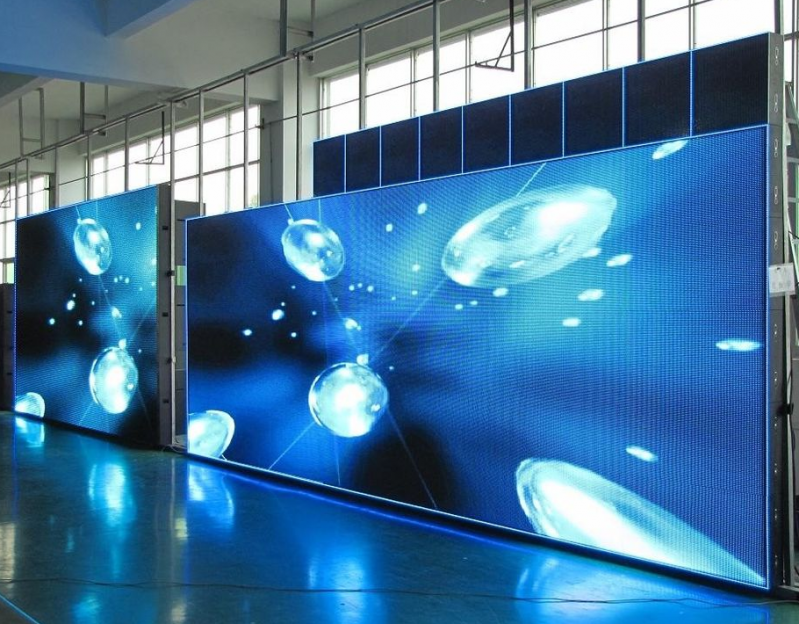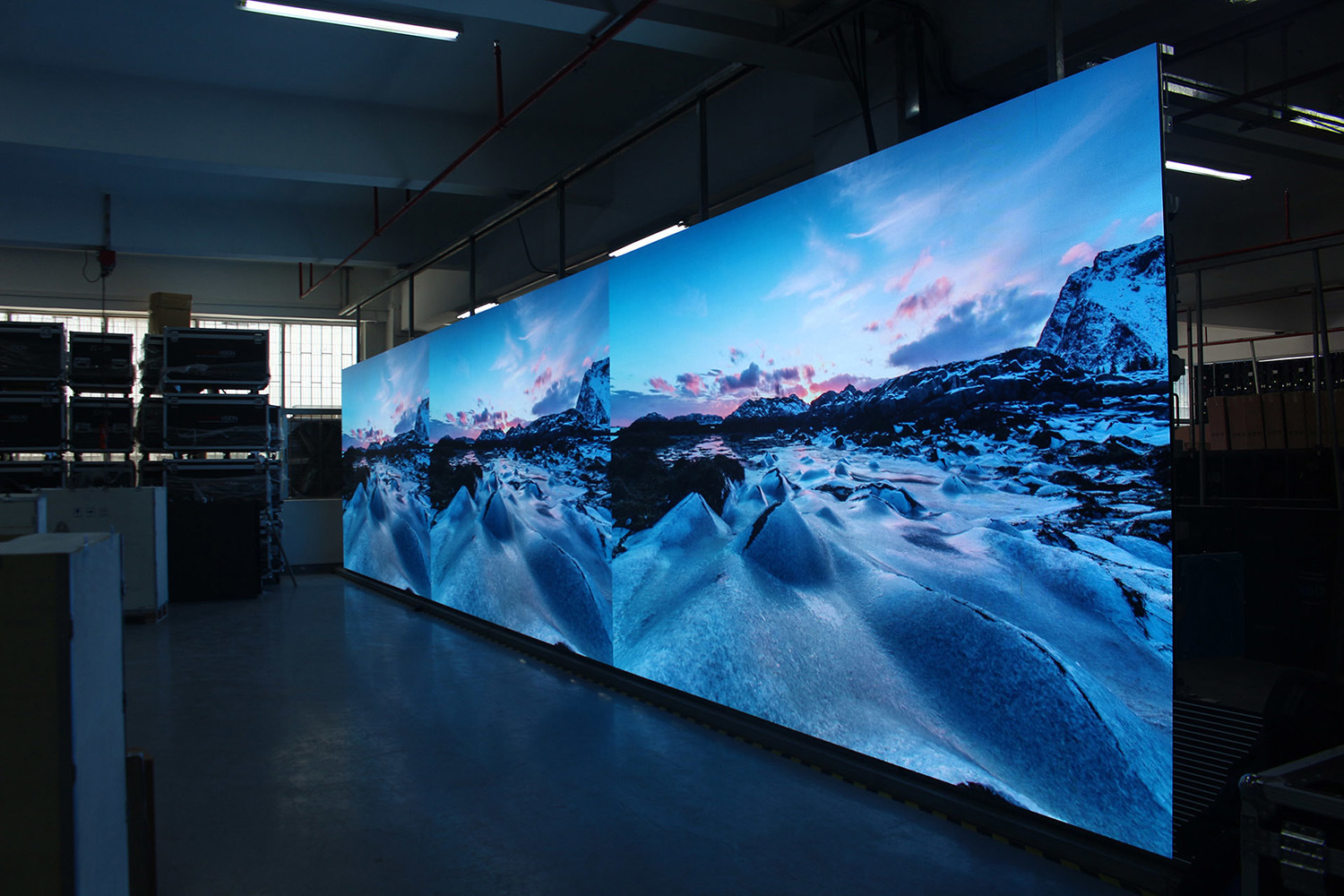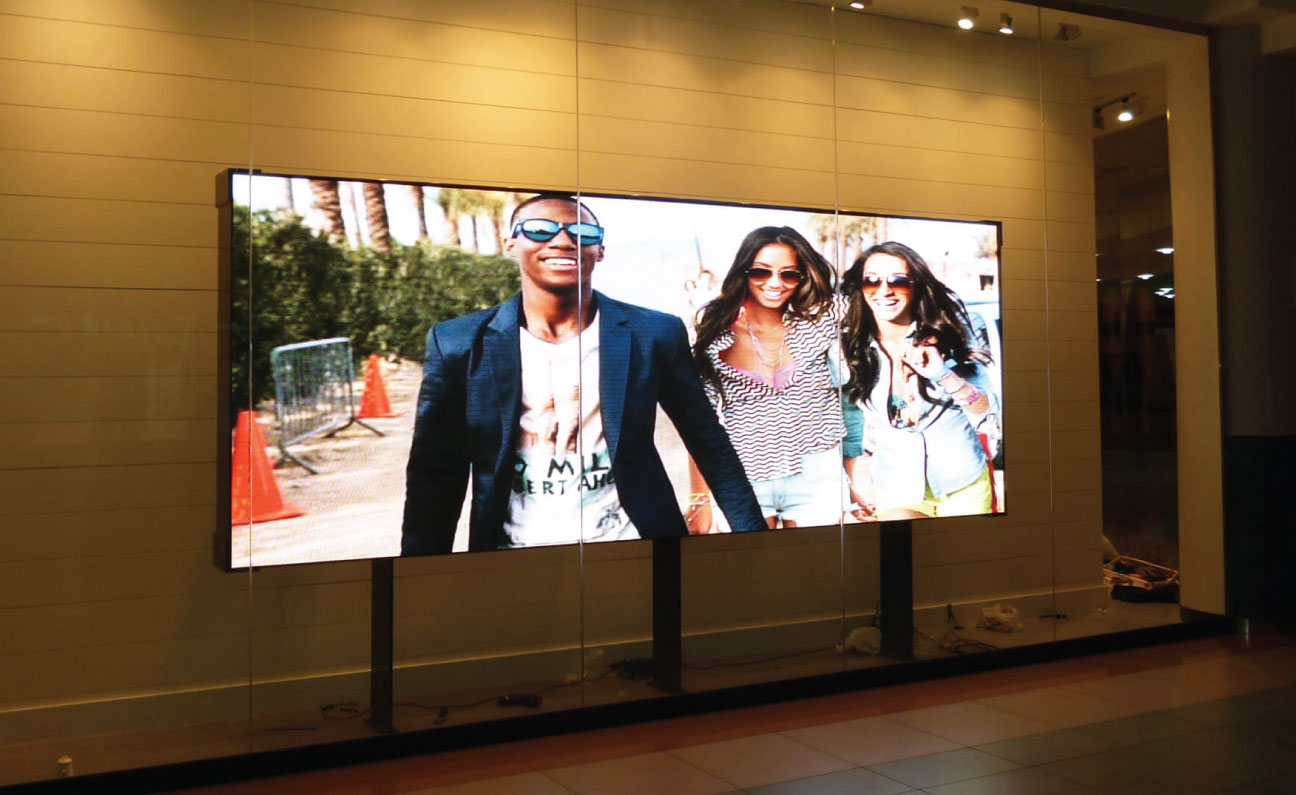What to Look for in an Indoor LED Panel Display?
Indoor LED panel displays have become a powerful tool for businesses, events, retail, and corporate environments. They combine high-quality visuals with flexibility, helping brands capture attention, communicate messages effectively, and elevate the customer experience. But with so many options on the market, choosing the right display can be challenging.
Here are the key factors to consider when selecting an indoor LED panel display:
1. Pixel Pitch and Resolution
The pixel pitch (the distance between the centers of two adjacent pixels) directly impacts image clarity. The smaller the pitch, the higher the resolution and the closer viewers can stand without noticing pixelation.
- Low pixel pitch (e.g., 1.2mm – 2.5mm): Ideal for environments where audiences are close, such as conference rooms or retail.
- Higher pixel pitch (e.g., 3mm – 6mm): Suitable for larger venues where viewers are farther away.
2. Brightness and Contrast
Indoor displays should balance brightness without overwhelming the environment. A brightness range of 600–1200 nits is typically sufficient for indoor use. High contrast ratios are also important to ensure sharp, vibrant images and accurate color reproduction.
3. Viewing Angle
A wide viewing angle ensures that content remains clear and vibrant from different positions in the room. This is particularly important in spaces like exhibition halls, auditoriums, and shopping malls, where audiences move around frequently.
4. Refresh Rate
For smooth video playback and professional presentations, look for a refresh rate of 1920Hz or higher. A higher refresh rate eliminates flickering, which is essential for live events and environments where content is filmed or photographed.
5. Reliability and Maintenance
Durability is crucial, especially for displays intended for continuous operation. Consider features such as:
- Front or rear serviceability for easy maintenance.
- Redundant power and signal options for mission-critical applications.
- Quality certifications that ensure long-term performance.
6. Design and Integration
Indoor LED panels should align with the aesthetics of the space. Thin, lightweight designs with flexible installation options (wall-mounted, hanging, or curved) make integration smoother and more visually appealing.
7. Total Cost of Ownership
Beyond the upfront purchase price, evaluate the energy efficiency, lifespan, and maintenance requirements. A display with higher energy efficiency and reliable components may cost more initially but deliver greater value in the long run.
Conclusion
Selecting the right indoor LED panel display is about balancing performance, aesthetics, and cost. By paying attention to factors such as pixel pitch, brightness, refresh rate, and ease of maintenance, businesses can ensure they invest in a display that not only looks impressive but also delivers reliability and impact over time.
When chosen wisely, an indoor LED display becomes more than just a screen—it becomes a powerful platform for storytelling, engagement, and brand visibility.




0 comentário